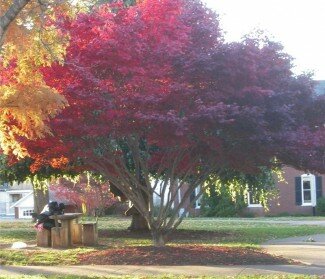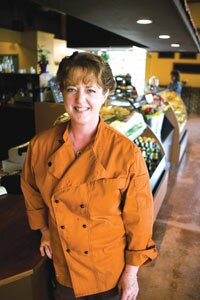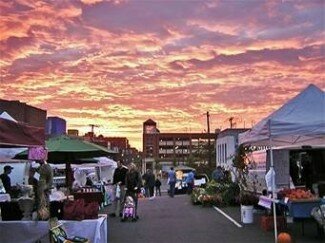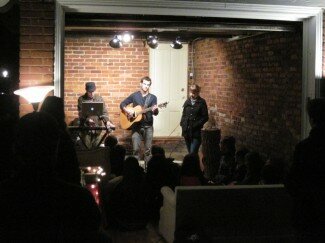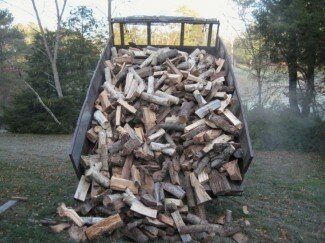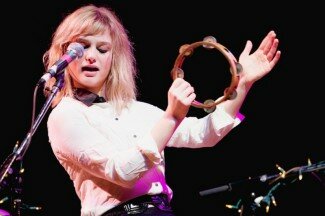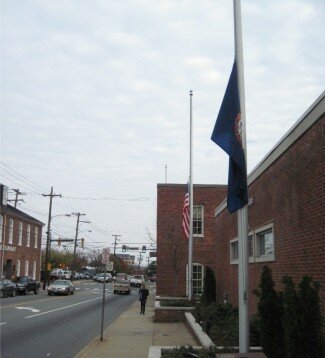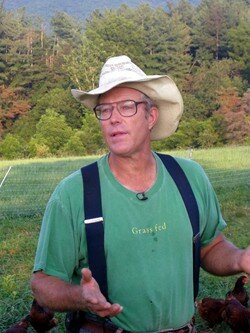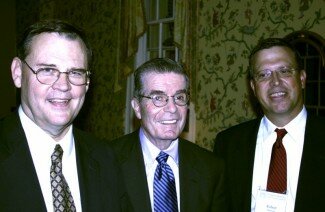Containing reality: O’Kane lifts the lid
“Who’s the best painter in Charlottesville?” When asked, I usually launch into a standard answer about how judging art is subjective, and given people’s various styles, techniques, and agendas— not to mention the apples-to-oranges challenge of comparing abstract and realistic work— the concept of “best” simply isn’t useful. But if I’m honest, “Tim O’Kane” comes to mind.
O’Kane, whose exhibition, “Still Life / Current Work” hangs at Warm Springs Gallery, is a virtuoso of hyperrealism. Comprising 16 small and four larger still lifes, the show is a testament to O’Kane’s vigilant observation of the minutest details and his ability to render them exquisitely while simultaneously obscuring evidence of a human hand at work. His attention to light and shadow is so convincing that it’s easy to overlook, yet it creates a depth that suggests the viewer might reach into each painting and lift out its contents.
The exhibition includes two separate but related bodies of work. On the gallery’s south wall, O’Kane presents 10 oil-on-block compositions, each depicting primarily natural items— stones, feathers, eggplants, an onion— contained within an open box or carton. In every one, a contrast of textures adds interest. For instance, in “Box 14 / Quartz & Basalt,” the striated and pockmarked surfaces of the stones are markedly different than the grained edges of the wooden crate in which they rest.
O’Kane creates further drama by letting his objects extend beyond the borders of their containers. The bulbous bottoms and stems of the sensual eggplants in “Box #16 / 13 White Eggplants” push up and over the edges of their thin cardboard box. Particularly beautiful is the way O’Kane calls attention to the shriveled green caps topping the fruits’ smooth white skin.
The remaining 10 pieces in the show find their inspiration in a poem O’Kane wrote and had translated into Japanese. Occasional glimpses of the graphic script add another dimension to the paintings. In these pieces, the artist plays with the narrative implications of papers folded and bound, like secret talismans, and then placed inside boxes.
The one drawback to the series is O’Kane has mounted the six smaller works on off-white panels that have a distractingly large top margin and— worse— are warped. Given the meticulous precision of O’Kane’s compositions and technique, this imperfect presentation is odd and unfortunate.
Nevertheless, a single flaw cannot dim O’Kane’s brilliance with a paintbrush.
Tim O’Kane’s exhibition, “Still Life / Current Work,” is on view through November 4 at Warm Springs Gallery, 105 Third St. NE. 245-0800.






 Comments(1)
Comments(1)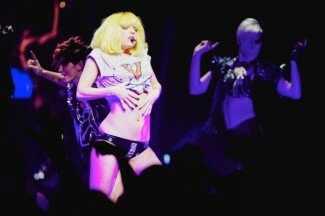 Lady Gaga dons a fan’s home-made UVA shirt during “Telephone.”
Lady Gaga dons a fan’s home-made UVA shirt during “Telephone.”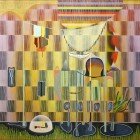



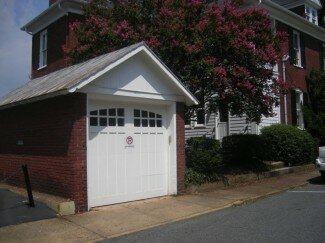




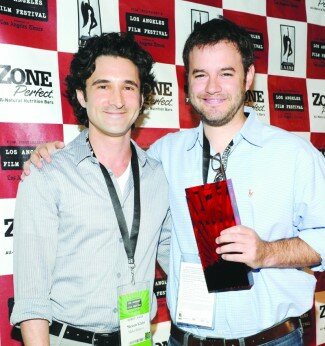 Producer Steven Klein and Director J. Clay Tweel at the LA Film Festival Awards Brunch
Producer Steven Klein and Director J. Clay Tweel at the LA Film Festival Awards Brunch